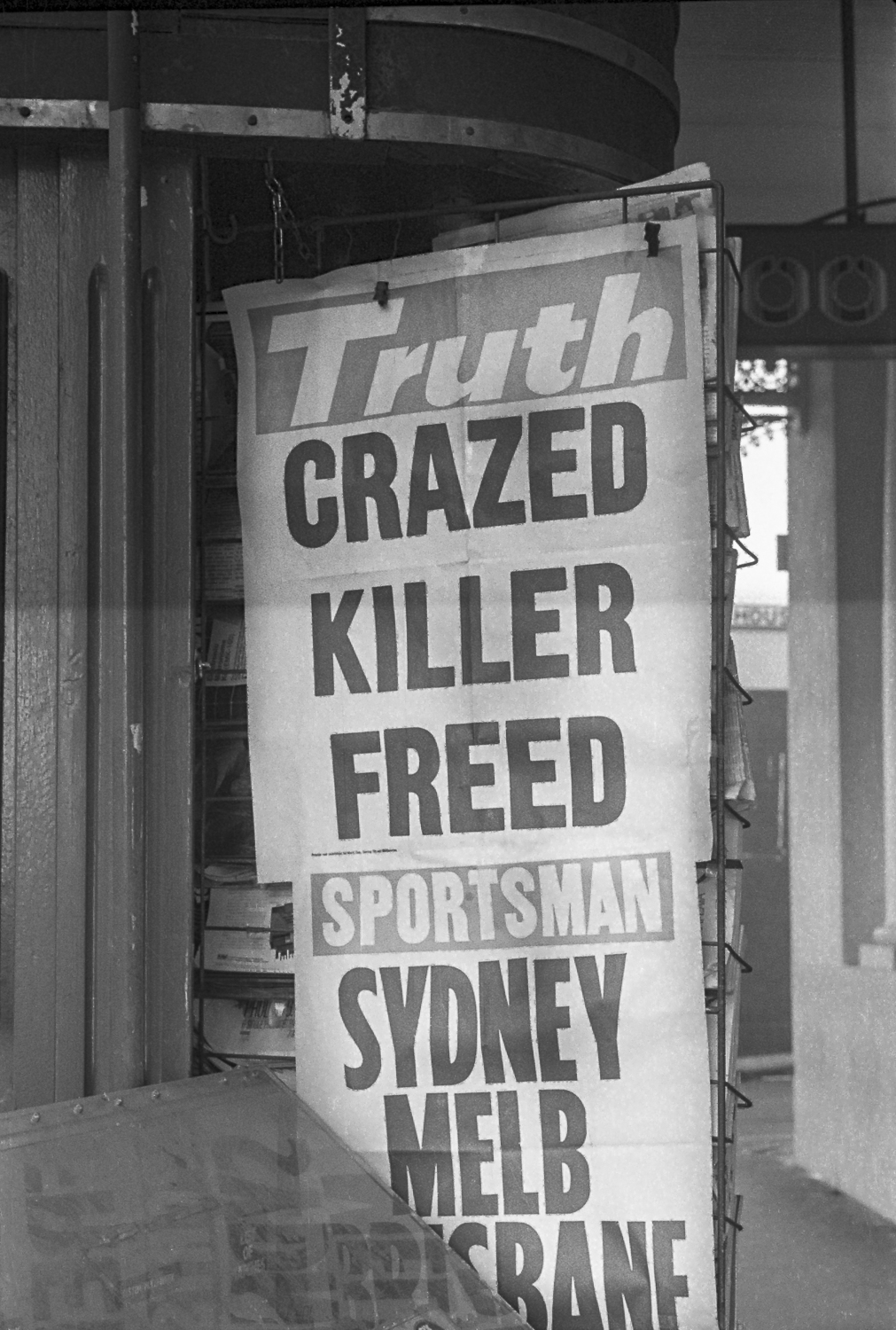Street photographers sometimes engage directly with their subjects (Brassaï, Diane Arbus, Garry Winogrand), but it became more common for the street photographer to roam the streets with a concealed 35mm camera. Street photographers, such as Helen Levitt and Winogrand, can be likened to a photographic reworking of the historical figure of the flâneur: namely someone who mingles anonymously amongst the crowd observing and recording the ways the unsuspecting city dweller interacts with his or her environment.

Art history’s narrative holds that the mid-1960s and early-1970s became the “golden-age” of street photography, with American photographers such as Arbus, Winogrand and Lee Friedlander. In the 1970s Joel Meyerowitz disrupted the black and white tradition in street photography by raising the status of color, hitherto thought of as somewhat artless and vulgar, to a new level of acceptability and artistic credibility.
The above standard account of the art/non-art difference between street and documentary photography with the former seen as the superior to the latter is too dualistic. The two kinds of photography are better seen as opposed tendencies within snapshot culture without privileging either tendency.
Within these tendencies, with their different geological strata we can think in terms of movement towards change or stasis along with the conditions for the possibility of the new. The new arises in relation to the tendency towards change.
Leave a Reply